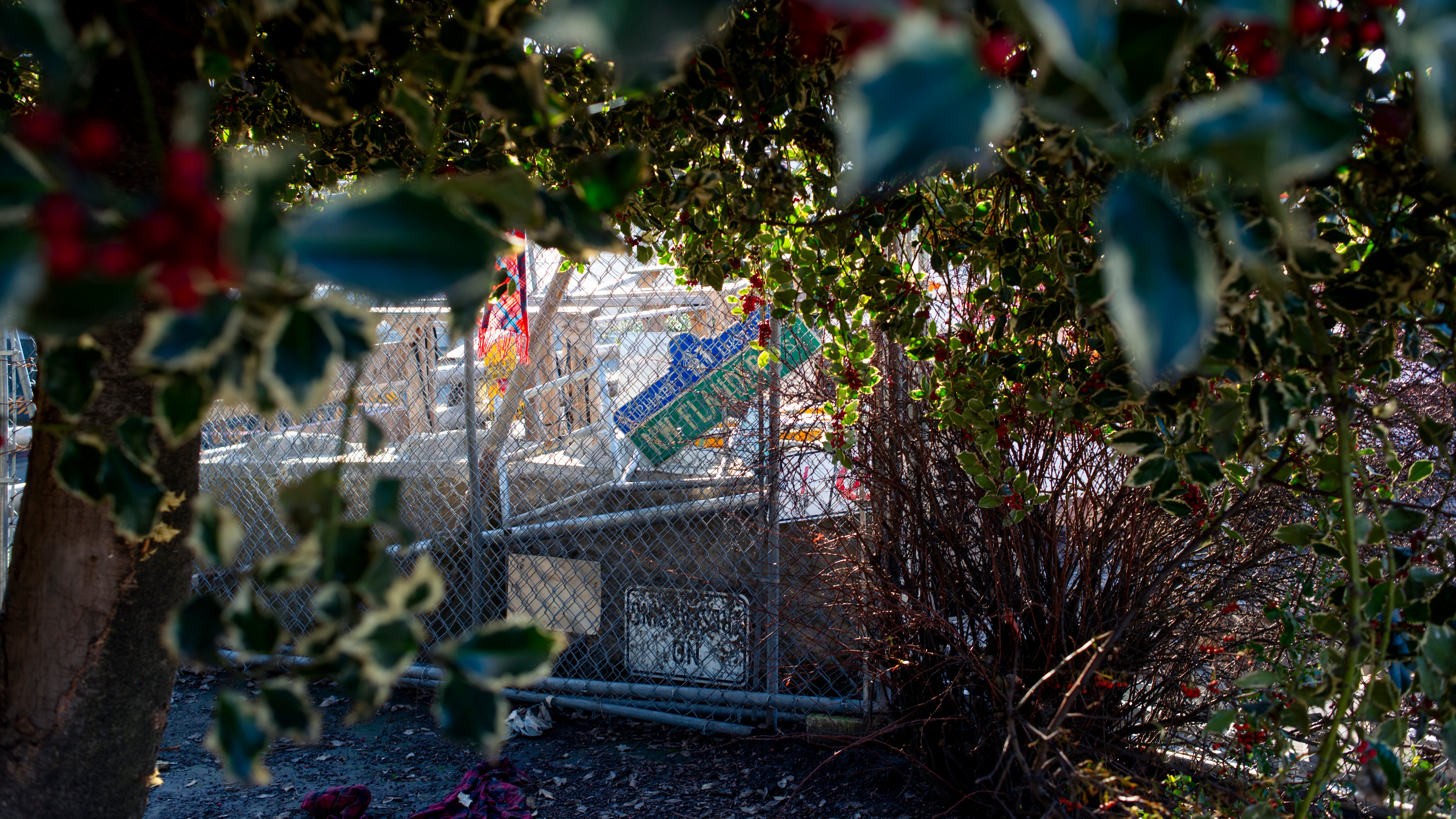Is there any protocol for naming stuff after public figures? I like the new bike bridge over I-84, and Earl Blumenauer seems like a good guy. But what if he goes schmuck in the future? Shouldn’t we wait until people tip over before memorializing them? —Michael F.
So far our region has been pretty lucky on the naming front. Bruising as our scandals have been, at least they never included the added headache of figuring out what to do about the Robert W. Packwood Secluded Scenic Parking Area or the Neil Goldschmidt Home for Troubled Girls.
Rep. Blumenauer seems like a pretty safe choice for a guy who’s still alive—he’s not exactly known as a rake, and at 72 one assumes his prime schmucking days are largely behind him. In any case, it’s not like choosing a dead honoree guarantees that no skeletons will tumble out of their closet at the estate sale—just ask the Vatican’s Order of St. Gregory the Great, also known as the folks who made British media personality (and posthumously exposed serial pedophile) Jimmy Savile a Knight Commander.
New public works projects are usually named as part of the planning process, which includes a committee specifically charged with choosing a name. High-profile projects often try to whip up enthusiasm by getting the public involved in the naming process (Tilikum Crossing, the MAX), while less flashy ones may choose to honor an official, living or dead, who long championed the project (Vera Katz Esplanade, Darlene Hooley Pedestrian Bridge.)
Then again, sometimes it’s just random! Terry Schrunk was mayor of Portland from 1957 to 1973, presiding over (among other things) a fairly brutal crackdown on gay and lesbian gathering spots in the mid-1960s. (At one point, Schrunk demanded that then-Gov. Mark Hatfield revoke the liquor licenses of all suspected gay bars—a plea that Hatfield ignored.)
You may say 1964 was a different time, but according to multiple sources (including U.S. Attorney General Robert F. Kennedy), Schrunk also took bribes from the mob, which I’m pretty sure wasn’t cool even at the height of Beatlemania.
Anyway, Schrunk died in 1975, shortly after the completion of a then-unnamed public plaza on Southwest Madison Street. Lucky timing! You can guess what happened next. But hey, it could be worse: At least we’re not stuck with New York’s honest-to-God Donald J. Trump State Park.
Questions? Send them to dr.know@wweek.com.
